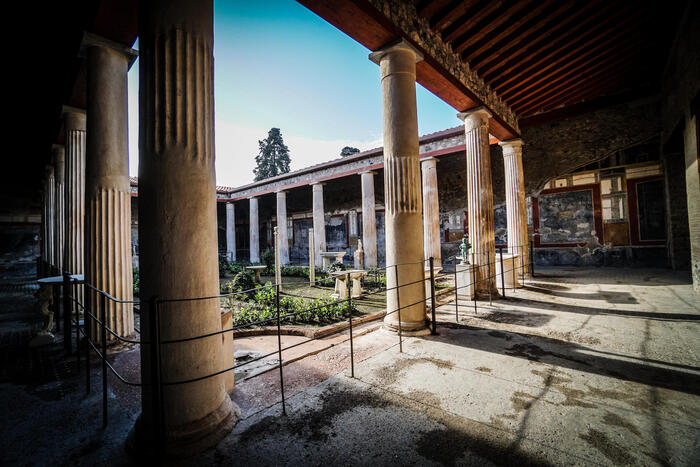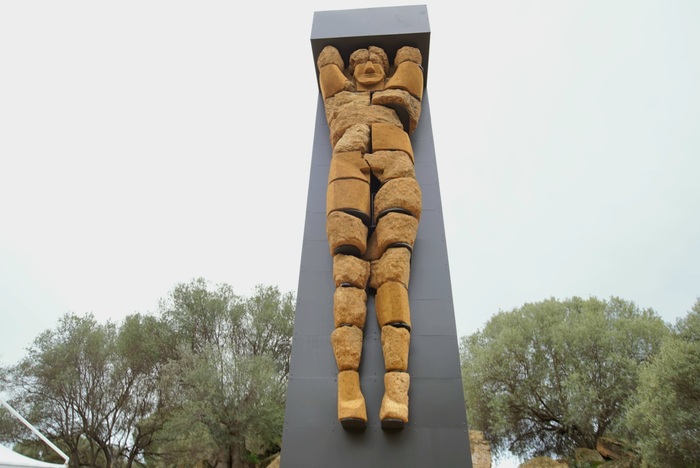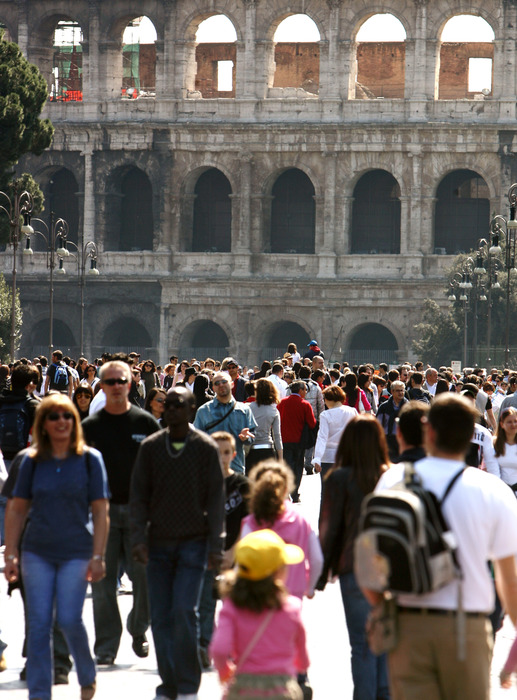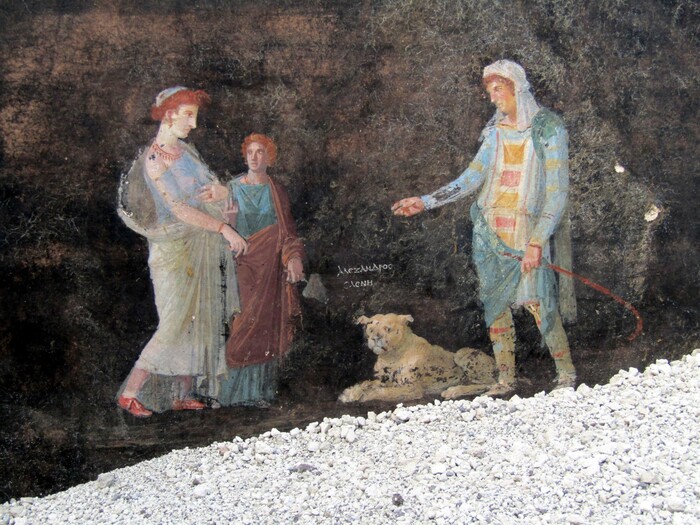Palmyra-Sana
Destructive sculpting on plaster was a predominant and auxiliary art as an additional aesthetic element in the roofs of buildings and the tomb façades in Palmyra, where contemporary archaeological finds of ornate stucco sculptures uniquely illustrated the Tadmirians' manufacture of plaster by burning limestone.
The director of Palmyra Tourism, Jamil Omar Al-Qayyim, explains in his interview to a Sana correspondent that the most prominent type of sculpting that was destroyed by an ancient artist is what is now called “Relief” where the artist sculptes the shapes on the plaster on the wall or ceiling and uses a method to add and find more visible projections.
The values show that, due to the plaster's not being resistant to moisture factors, most of the stucco decorations were lost in the destroyed houses, noting that these decorations include friezes, panels, decorations, façade arches, windows, doors, and bishop, as well as statues suggesting the genius of the destructive art that matched Greek art.
The values show some of these works, including a panel of a frieze depicting a bird eating pomegranate seeds and showing the skill of the sculptor who sculpted it directly on the plaster. The frieze is not empty of tongues and symbolizes wisdom among Greeks and eggs and symbolizes renewal and continuity in life.
The values refer to the destructive brilliance of the artist, as he used a precise geometrical scheme that depended on dividing the surfaces into units of equal length and width, using squares, and then using the calipers to draw intersecting circles that were the basis for drawing adjacent octagons.
The values depended upon the artist’s destructive ingenuity by exploiting the resulting space between the octagonal by drawing squares within them four-leaf flowers where this work was carried out according to a geometrical plan drawn delicately on papyrus and then enlarged using the grid of squares which is a method adopted in all civilizations and we find many patterns and shapes of them in the tombs Destructiveness.
Al-Qayyim states that the destructive artist had a great fondness in the past in carving the leaf of the vine plant, its branches and clusters, as he mastered its sculptures and made many models and shapes that decorated the façades of arches, entrances, windows and doors.
The valuable researcher considers that the plaster Palmyra sculptures was the result of the act of culture between Palmyra and the cultural centers in the world in the context of the artistic influences of other cultures with a focus on the principle of originality, which is one of the main characteristics of the Syrian civilization in general.
Adnan Al-Khatib
Photography: Osama Al-Khatib
Follow the latest news on the Telegram application on smartphones via the link:
https://telegram.me/SyrianArabNewsAgency
Follow our page on the (VK) social networking site:
http://vk.com/syrianarabnewsagency








